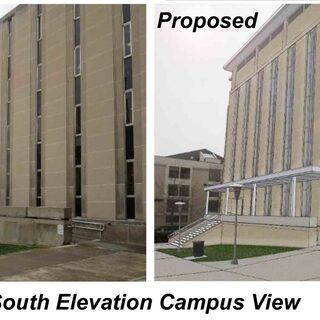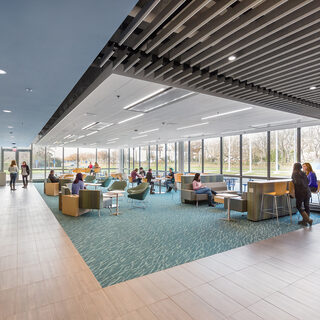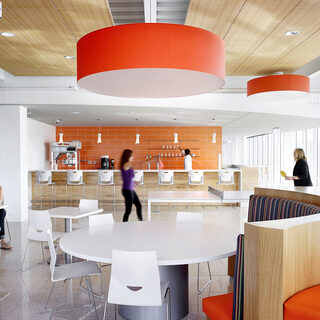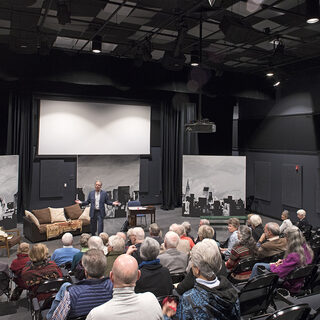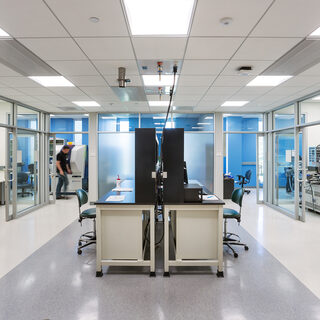Tradeline's industry reports are a must-read resource for those involved in facilities planning and management. Reports include management case studies, current and in-depth project profiles, and editorials on the latest facilities management issues.
Latest Reports
Renovating the Legacy Academic Building
What the university needs: A spacious, modern science building, with an additional 5,000 sf. What the university has: An old, dark, rather cramped classroom building, built for a different era in education, with inadequate systems, and no room to expand. It’s a common problem on university campuses, and in many cases solving it requires flexibility, creativity, and patience. At the University of Pittsburgh, Howard Skoke, AIA, of EwingCole Architects and Engineers and the university’s own Ilona Beresford worked together on a six-month master plan to devise a $65 million modernization. The project, scheduled to begin construction in May 2019, will open the building to new uses and adapt its systems for health and efficiency. At the same time, it will preserve a historic exterior and cost far less than a new building.
School for Marine Science and Technology - East Building
The School for Marine Science and Technology (SMAST) campus expansion and construction of the new East Building alongside Clarks Cove consolidates UMass Dartmouth’s entire Marine Science research and teaching program at one site, with its over 120 faculty, staff, and students. The campus also accommodates the Massachusetts Division of Marine Fisheries (DMF) South Coast operations and its 50 staff, enhancing the continuing collaborations of SMAST and DMF in support of sustainable fisheries.
WELL™ Buildings for Occupants’ Well-Being
The WELL Building Standard™ codifies several design and operational attributes that promote human health and wellness in the workplace. The outgrowth of a collaboration among architects, engineers, and the medical community to identify and address today’s top public health concerns, WELL takes conventional wellness initiatives several steps further by advancing a people-centric agenda that focuses holistically on employees’ physical, mental, and social well-being.
Center for Arts + Design
Colby-Sawyer College’s new Center for Arts + Design provides 24/7 access to safe, well-ventilated studio and support space for ceramics, sculpture, graphic design, photography, drawing, printmaking, painting, and sculpture; a black box theater; a fine art gallery with views of Mount Kearsarge; an outdoor sculpture garden; and offices for faculty. The Bill and Sonja Davidow '56 Fine Art Gallery offers a range of national and international museum-quality exhibitions in a variety of media, as well as expanded opportunities for students and professional artists.
Yale Energy Sciences II
At its new West Campus, Yale University is incrementally repurposing and renovating a former corporate pharmaceutical manufacturing facility for new interdisciplinary programs, including the Energy Sciences Institute (ESI) and Yale West Campus Materials Characterization Core (MCC).

